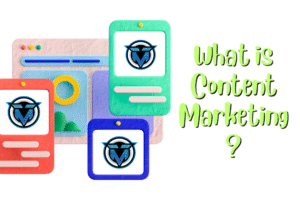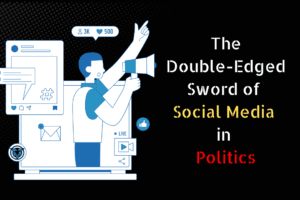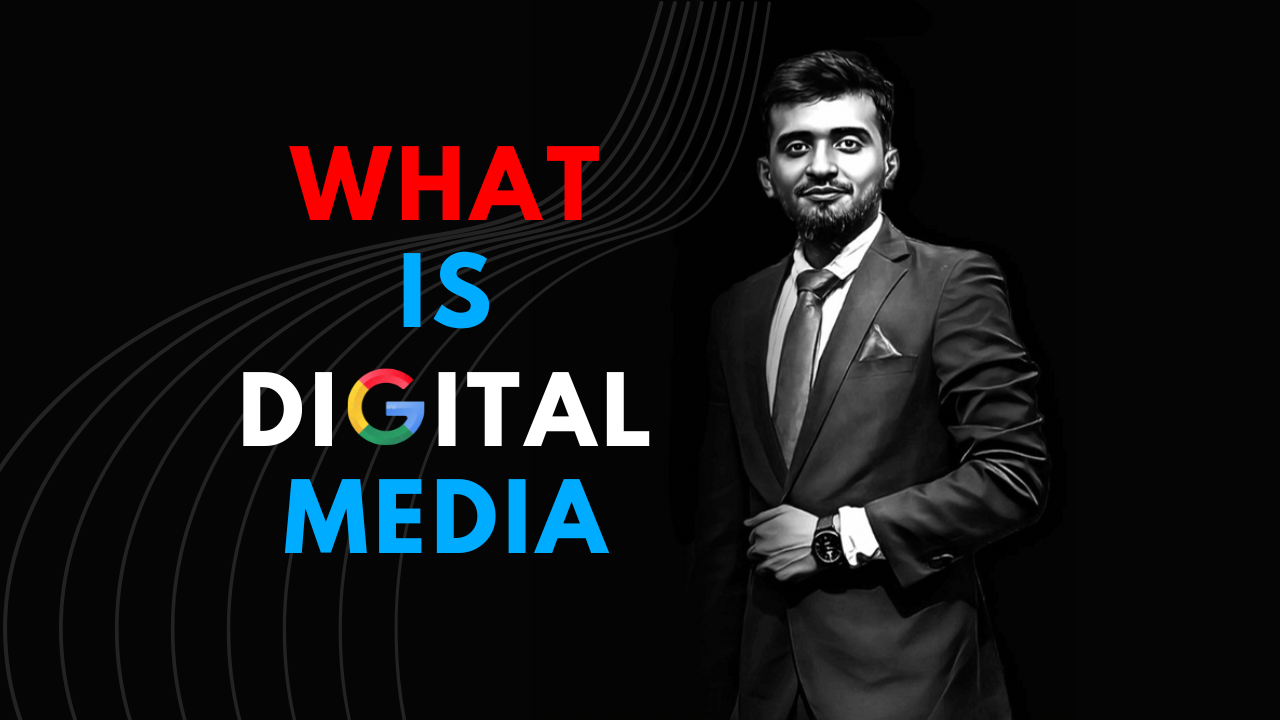In today’s interconnected world, the term “digital media” is omnipresent. From the videos we stream to the articles we read online, digital media shapes our daily experiences. But what exactly does this term encompass? Let’s delve deep into the realm of digital media, exploring its definitions, types, characteristics, and its profound impact on society.
Knowing Digital Media
Digital media refers to content that is created, stored, and distributed using digital technologies. Unlike traditional media, which includes print newspapers or analog television, digital media leverages electronic devices and the internet to disseminate information. This encompasses a vast array of formats, including text, audio, video, graphics, and interactive content.
At its core, digital media is characterized by its ability to be easily created, modified, and shared. This flexibility has revolutionized how we consume information, communicate, and entertain ourselves.
Types of Digital Media
Digital media is diverse, encompassing various formats and platforms. Here are some primary types:
1. Text-Based Media
This includes digital articles, blogs, e-books, and online news. Text remains a fundamental component of digital media, providing detailed information and narratives.
2. Audio Media
Podcasts, audiobooks, and music streaming services fall under this category. Audio media allows users to consume content on-the-go, catering to multitasking lifestyles.
3. Video Media
Platforms like YouTube, Vimeo, and streaming services such as Netflix offer video content ranging from short clips to full-length movies and documentaries.
4. Images and Graphics
Digital photography, infographics, memes, and digital art are prevalent across social media and websites, enhancing visual communication.
5. Interactive Media
This includes video games, virtual reality experiences, and interactive websites. Interactive media engages users actively, providing immersive experiences.
6. Social Media Platforms
Platforms like Facebook, Instagram, Twitter, and LinkedIn enable users to create, share, and interact with content, fostering online communities.
7. Websites and Blogs
These serve as hubs for information, entertainment, and commerce, often integrating various media types to engage audiences.
8. Mobile Applications
Apps on smartphones and tablets offer services ranging from news updates to gaming, making digital media accessible anytime, anywhere.
Characteristics of Digital Media
Digital media possesses distinct features that differentiate it from traditional forms:
1. Interactivity
Users can engage with content through likes, comments, shares, and more, fostering two-way communication.
2. Multimedia Integration
Combining text, audio, video, and graphics enhances user engagement and conveys information more effectively.
3. Instantaneous Distribution
Content can be disseminated globally in real-time, breaking geographical barriers.
4. Personalization
Algorithms tailor content to individual preferences, enhancing user experience.
5. Accessibility
With internet connectivity, digital media is accessible 24/7 across various devices.
6. Cost-Effectiveness
Producing and distributing digital content often requires fewer resources compared to traditional media.
The Evolution of Digital Media
The journey of digital media began with the advent of computers and the internet. Over the decades, technological advancements have transformed it into a dynamic and integral part of our lives.
- 1980s-1990s: Introduction of personal computers and the World Wide Web laid the foundation for digital content creation and sharing.
- 2000s: The rise of social media platforms revolutionized communication, enabling user-generated content and real-time interactions.
- 2010s-Present: Mobile technology and high-speed internet have made digital media ubiquitous, with streaming services and apps dominating content consumption.
Impact on Society
Digital media has profoundly influenced various aspects of society:
1. Communication
Instant messaging, video calls, and social networking have redefined how we connect, making communication faster and more convenient.
2. Education
E-learning platforms and digital resources have made education more accessible, allowing for remote learning and personalized study experiences.
3. Business and Marketing
Companies leverage digital media for advertising, customer engagement, and e-commerce, reaching wider audiences efficiently.
4. Entertainment
Streaming services, online gaming, and digital art have diversified entertainment options, catering to varied interests.
5. Politics and Activism
Social media has become a powerful tool for political campaigns, awareness movements, and civic engagement.
Challenges and Considerations
While digital media offers numerous benefits, it also presents challenges:
1. Information Overload
The vast amount of content available can overwhelm users, making it difficult to discern credible information.
2. Privacy Concerns
Data collection and surveillance raise issues about user privacy and consent.
3. Digital Divide
Not everyone has equal access to digital technologies, leading to disparities in information and opportunities.
4. Misinformation
The rapid spread of false information can have serious societal implications.
The Future of Digital Media
As technology continues to evolve, digital media is poised for further transformation:
- Artificial Intelligence (AI): AI will enhance content personalization, automate content creation, and improve user experiences.
- Virtual and Augmented Reality (VR/AR): These technologies will offer immersive experiences in gaming, education, and virtual meetings.
- Blockchain: Decentralized platforms may provide more secure and transparent content distribution.
- 5G Technology: Faster internet speeds will enable more seamless streaming and real-time interactions.
Digital media has become an integral part of modern life, influencing how we communicate, learn, work, and entertain ourselves. Its dynamic nature continues to shape our society, offering endless possibilities while also posing new challenges. As we navigate this digital landscape, understanding its facets empowers us to utilize it responsibly and innovatively.













